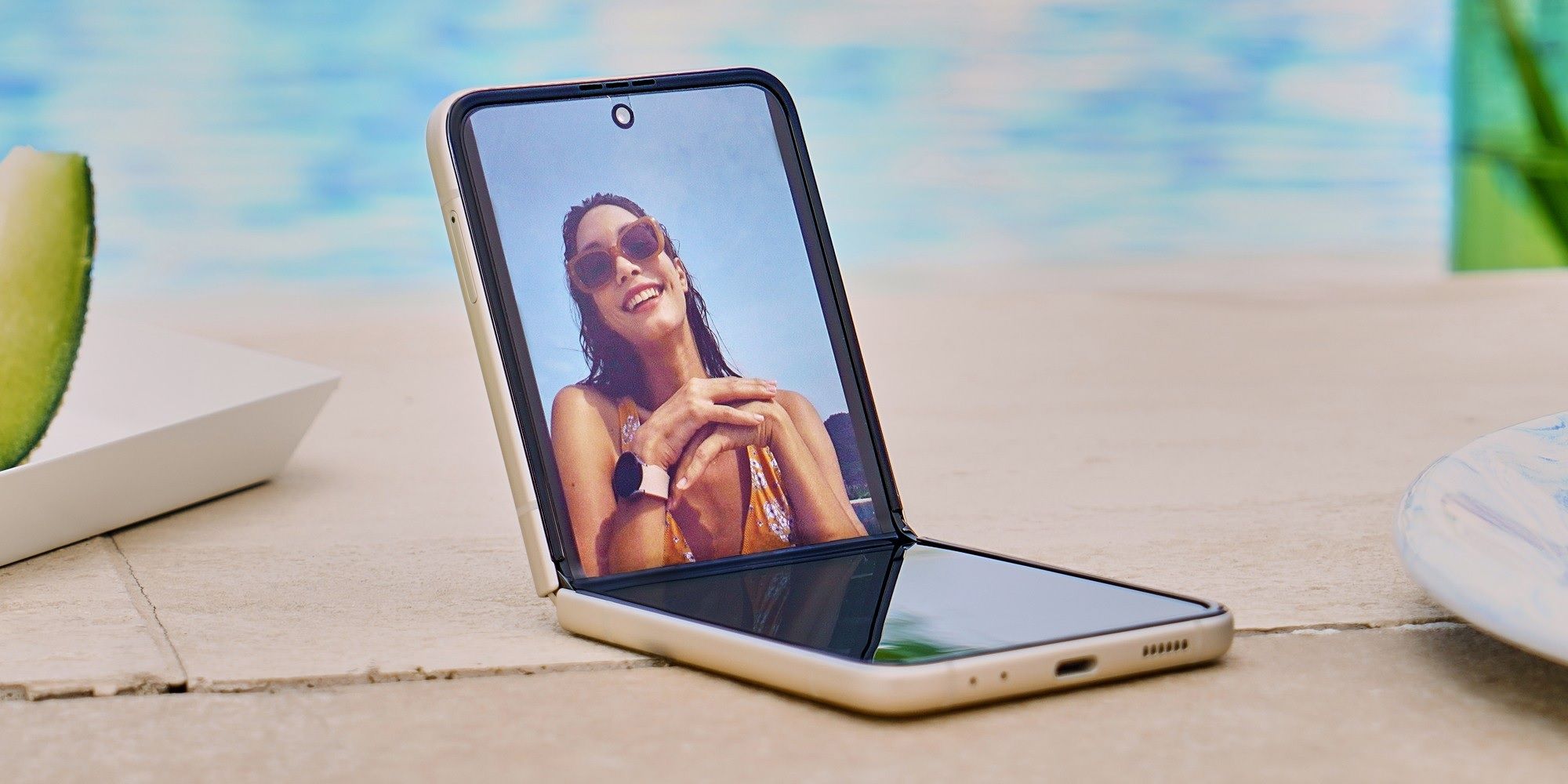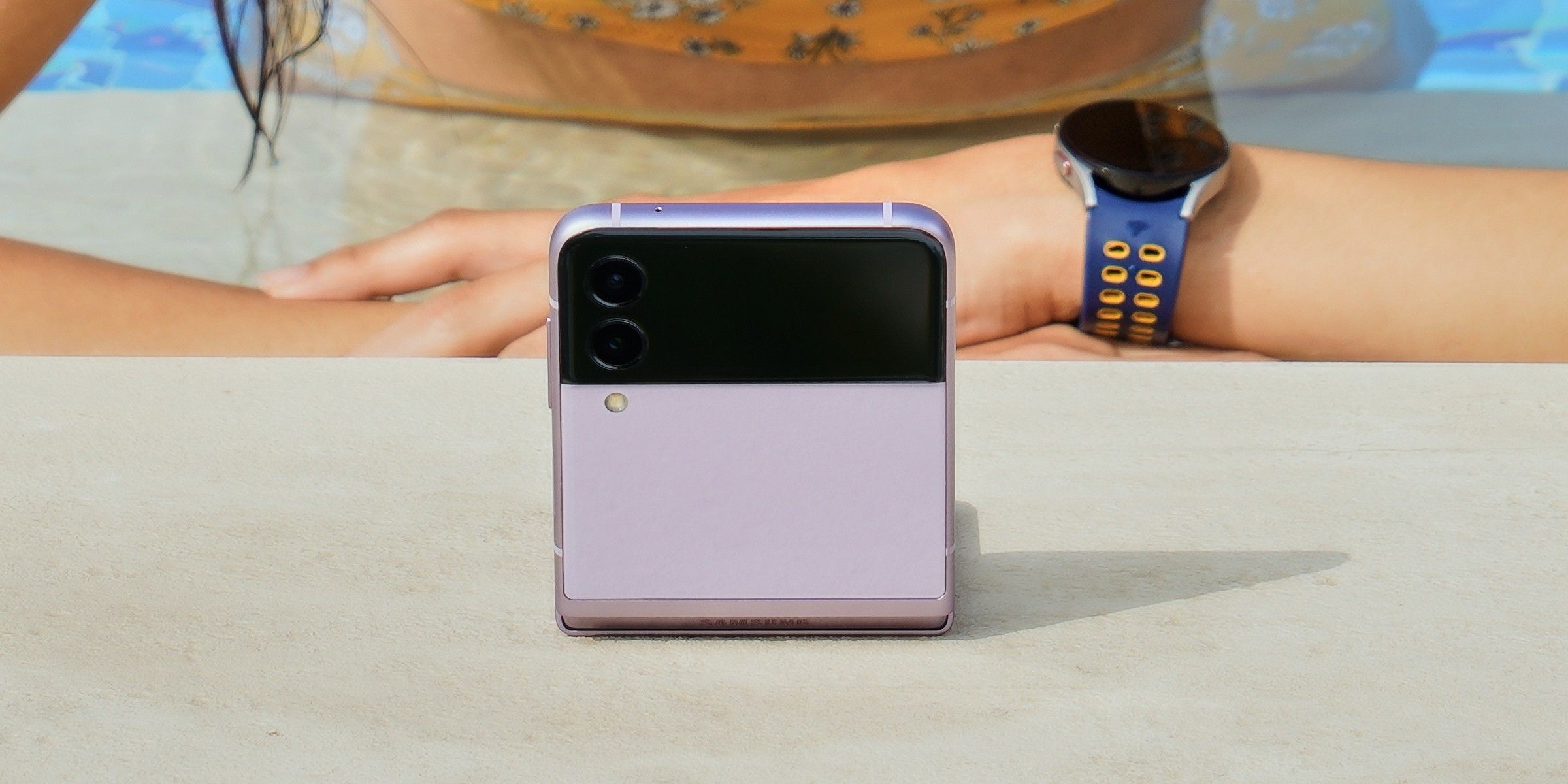Samsung Galaxy Z Flip 3 is the company’s latest attempt at making a foldable phone that is actually accessible to smartphone buyers, but how well it fares against liquid exposure is something a lot of potential buyers must be pondering over. It's a legitimate concern, after all. Yes, foldable phones are innovative and cool, but all those moving parts and the gap left between the two halves of the phone are an open invitation to dust and water-related damage.
So far, no model from Samsung across the Flip or Fold lineups has offered any form of water resistance, even though the company did engineer a few tricks to keep dust particles at bay. With the gap left between the moving hinge parts, there is always a risk of water droplets seeping in that can eventually lead to corrosion of the metallic parts or, worse yet, damage to sensitive electronic bits. To put it simply, foldable phones have so far remained an expensive and delicate novelty in the smartphone world. Whether the Galaxy Z Flip 3 turns out to be any different is literally the thousand-dollar question.
Yes, the Galaxy Z Flip 3 comes with an IPX8 rating for protection against liquid damage. Samsung says its latest clamshell foldable can survive immersion at a maximum depth of 1.5 meters for up to 30 minutes. It is not IP68-certified, though, which means the Galaxy Z Flip 3 can brush off a few accidental spills, but it’s probably not a good idea to take it swimming in a pool or seawater. However, it is still a huge improvement over previous models and also a sign that Samsung will likely work to further enhance the durability of foldable devices as time goes on. Samsung says it has actually used similar water-protection solutions for the Galaxy Z Fold 3 as well,
For those wondering how Samsung has managed to achieve that, there’s no magic involved here. The company has reportedly relied on two main tricks here. including sealing the ingress points and using special flexible epoxy. Samsung employed rubber gaskets around exposed parts such as the USB Type-C port and SIM card slot. Some double-sided tape has also been used alongside the top and bottom edges. But sealing the parts around a circuit board with moving sections connected by ribbons is a challenge in itself, and it applies to Galaxy Z Fold 3 as well as the Galaxy Z Flip 3. To overcome it, Samsung has used a sealing material called CIPG (cured-in-place gaskets) that is injected into the circuitry in the form of a liquid, but it turns into a solid when exposed to air.
CIPG is often used in electrical component packages as it offers strong surface adhesion, high elasticity, and shape retention while allowing two components to move against each other. This flexible sealant affords a higher degree of movement between circuit components than a rubber gasket and repels liquid as well. The CIPG bridges the gap between the connecting ends of the flexible PCB and shields components that are vulnerable to water exposure. But if gadgets like the iPad are any indication, the use of adhesives means repairability takes a hit, which eventually raises the price of availing repair services. But at the end of the day, having some form of water resistance on a pricey phone like the Galaxy Z Flip 3 is better than having none at all.
Source: Samsung


